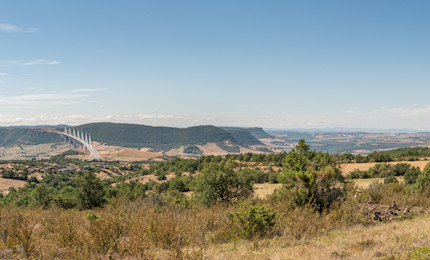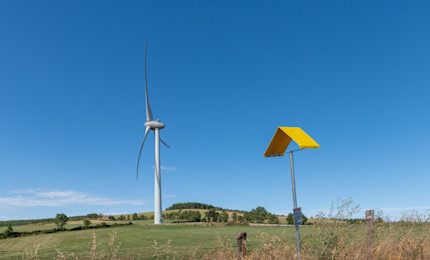Urgence gaz 0 800 028 800

Research & Innovation objective: hydrogen
Hydrogen development is a priority challenge for the energy transition. Teréga’s Research & Innovation department has thus set itself an objective dedicated to this issue. Our proactive action involves studying the best hydrogen transport and storage solutions in order to build tomorrow’s European grid.
Our R&I hydrogen programme
Teréga’s R&I department has set itself the objective of developing and encouraging the ecosystem relating to the promotion of low-carbon, renewable hydrogen. To do that, our ambition is to establish one or more complete hydrogen ecosystems on an industrial scale, by adapting our infrastructure and/or by building new dedicated transport and storage infrastructure.
The major challenges we must meet to achieve this are injecting hydrogen into our infrastructure and guaranteeing an equivalent quality of service regardless of the gas or mix of gases being transported.
The Lacq Hydrogen project: a link in the European hydrogen grid
Led by the gas operators, Teréga and Enagás, the renewable hydrogen producer DH2 and the power company GazelEnergie, the Franco-Spanish Lacq Hydrogen project aims to become a link in the strategic hydrogen value chain in Europe. The objective is to build a sustainable and replicable model of European cooperation to help establish decarbonised industry. A first link in the European Hydrogen Backbone.
Hydrogen will be produced by water electrolysis in Spain using solar power and at very competitive prices, thanks to the large solar resource in the region of Aragón. The project will supply a combined cycle power plant built and operated by GazelEnergie and located within the industrial area of Lacq (Nouvelle-Aquitaine). Hydrogen will be transported to the power plant by the Enagás gas grid in Spain and by the Teréga gas grid in France. Use of the Teréga aquifer storage site is also being planned in order to obtain a 100% dispatchable power plant. This plant will be supplied with hydrogen from 2026 and will produce 100% renewable and decarbonised energy, thus preventing the discharge of more than 700,000 tonnes of CO2 emissions per year.









